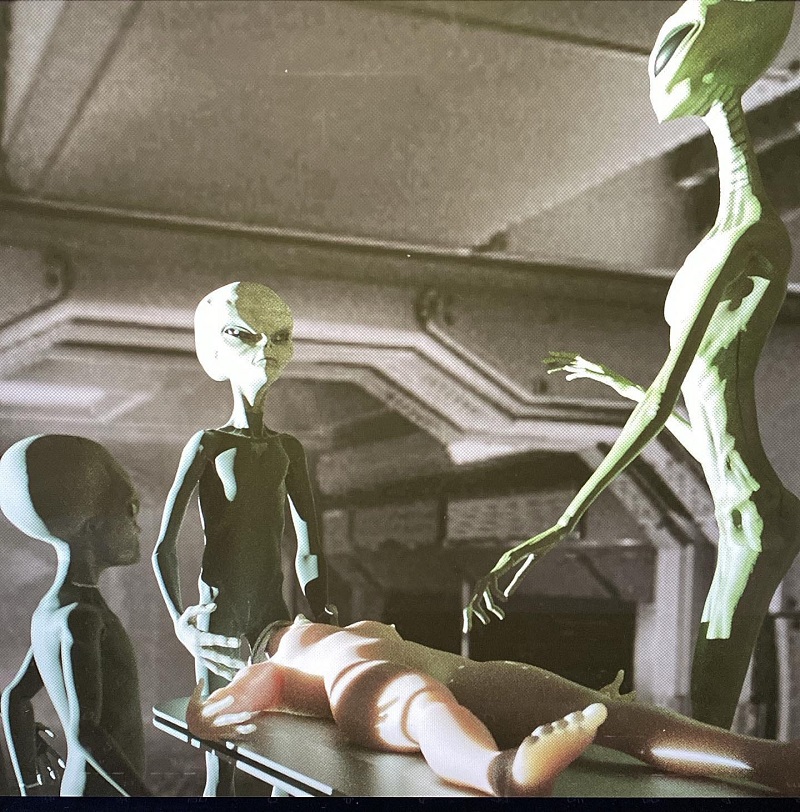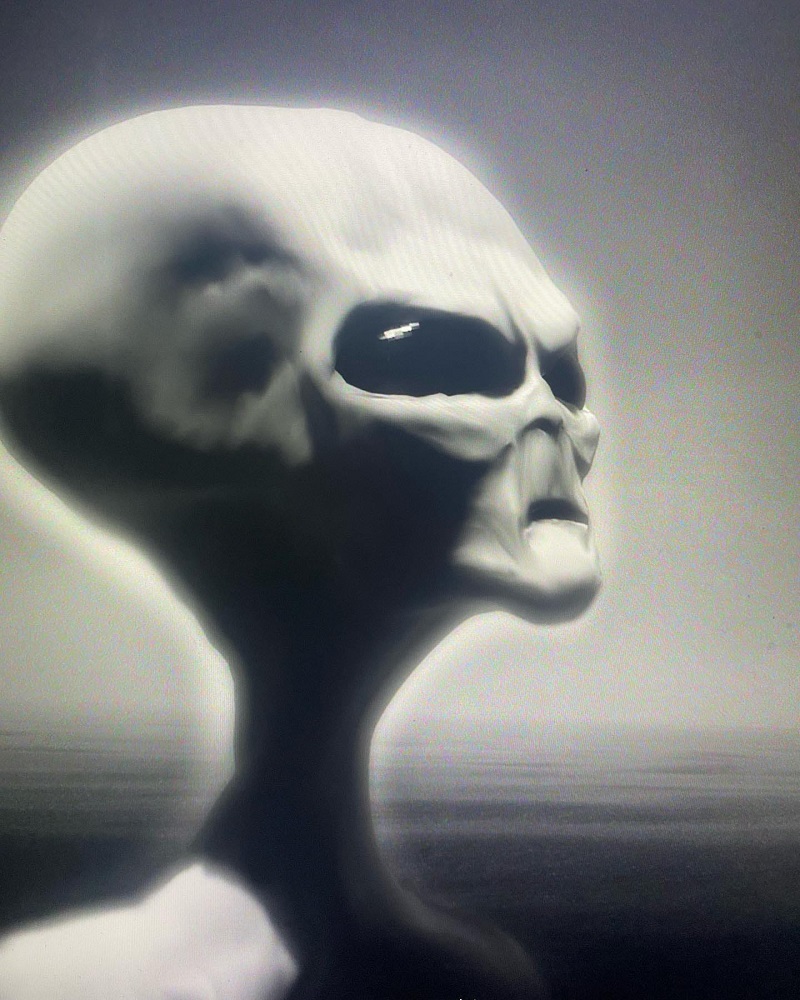The prospect of discovering intelligent extraterrestrial life has long captivated the human imagination, sparking endless speculation and speculation about what such beings might look like. Now, thanks to groundbreaking scientific research, we may be closer than ever to unveiling the true face of our cosmic neighbors.
Recent advancements in fields like astrobiology, exoplanet exploration, and evolutionary biology have provided unprecedented insights into the potential diversity of alien lifeforms. By studying the vast array of life on Earth and the myriad ways it has adapted to thrive in various environments, scientists have developed increasingly sophisticated models for what extraterrestrial creatures might resemble.

“The universe is such a vast and varied place, it’s simply irrational to assume that alien life would necessarily look anything like us,” said Dr. Evelyn Nakamura, a leading astrobiologist at the International Center for Extraterrestrial Research. “The more we explore the incredible adaptability of life on our own planet, the more we realize just how expansive the possibilities might be for what forms intelligent life could take elsewhere in the cosmos.”
Among the most striking revelations is the growing understanding that alien physiology may bear little resemblance to the humanoid forms so often depicted in science fiction. Some models suggest the potential for bizarre, almost unimaginable morphologies – creatures with tentacles, exoskeletons, or even entirely new sensory organs never before seen on Earth.

“We have to let go of our anthropocentric biases and open our minds to the sheer scope of evolutionary potential,” explained Dr. Nakamura. “Just as the octopus or the deep-sea anglerfish demonstrate radically different solutions to the challenges of survival, so too might aliens evolve in ways that defy our limited human understanding.”
Furthermore, the search for extraterrestrial intelligence has led scientists to consider the possibility that alien cognition and modes of communication could be utterly foreign to our own. Rather than relying on spoken language or visual cues, for example, some hypothetical lifeforms might utilize forms of perception or information exchange that are completely alien to us.

“If we ever do make contact with an advanced alien civilization, it could very well be an encounter between two forms of consciousness that are almost incomprehensible to one another,” said Dr. Nakamura. “The gulf between our respective worldviews and modes of being might be so vast that true mutual understanding could prove an immense challenge.”
Yet, despite the dizzying array of possibilities, the search for extraterrestrial life continues unabated, fueled by humanity’s insatiable curiosity and the tantalizing promise of unlocking the secrets of the cosmos.

“The unknown has always been the source of our greatest wonder and inspiration,” Dr. Nakamura concluded. “As we peer deeper into the mysteries of the universe, we may well find that the true face of our cosmic companions is far stranger, and yet more wondrous, than we could have ever imagined.”